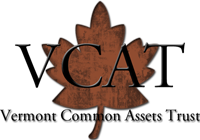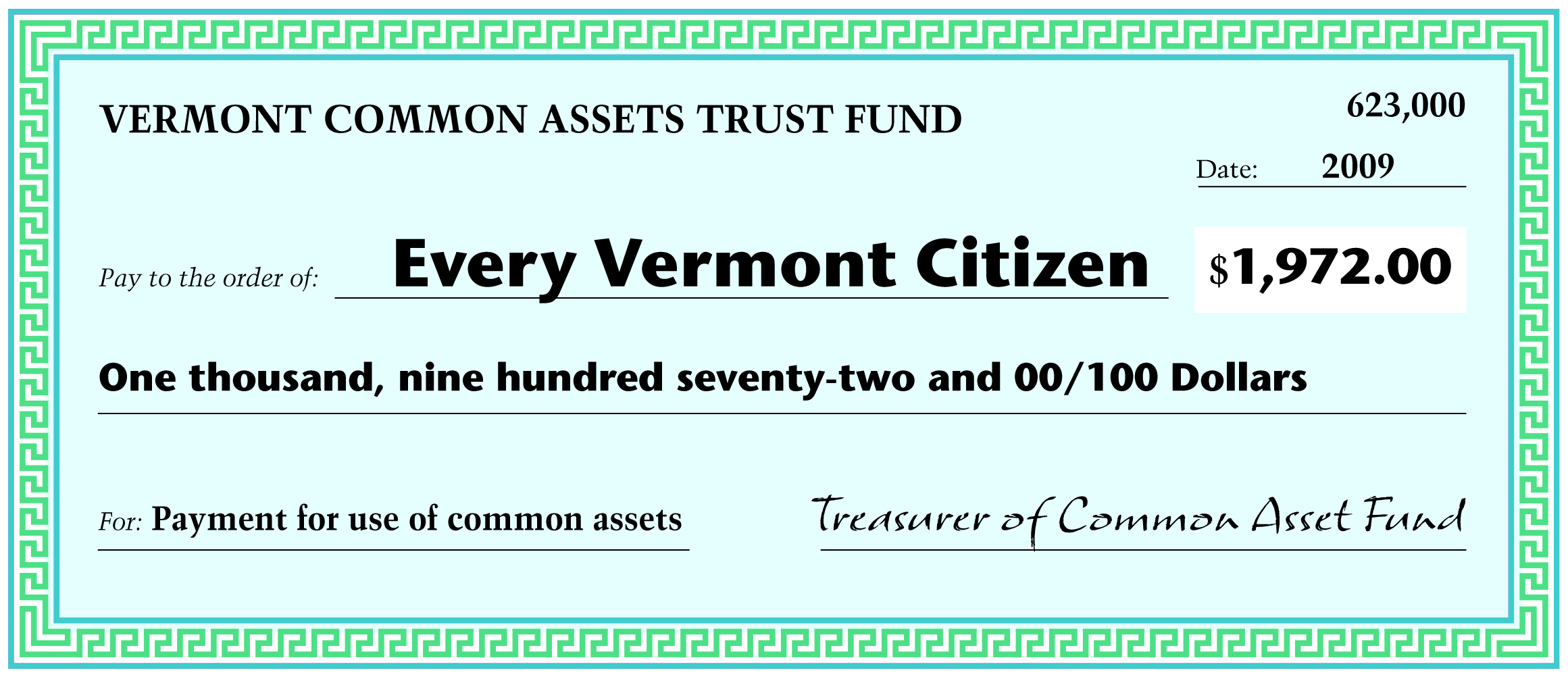

Common assets are those having value which no single person or entity can take credit for creating. These can take the form of naturally created assets such as fossil fuels, minerals, the electromagnetic broadcast spectrum, the ozone, and the atmosphere (particularly waste absorption capacity), as well as socially created assets such as the stock market, the internet, land values, and the monetary ssytem. These assets are extremely valuable functions of nature and society, which we are obligated to pass onto future generations, yet we generally pay nothing to use or abuse them.
Common Assets Trusts (CATs) would create common property rights to public trust resources, capture rent for their use (with land taxes, royalties, pollution taxes, and cap and rent/trade mechanisms), distribute dividends to the public (advantages of which include fairness, efficiency, and freedom), and enforce common provision of non-rival resources such as information (non-rival meaning that use by one doesn't decrease use for others). Examples lending themselves to trust creation include:
With a legally binding mandate to use these resources only for the common good, and an appointed board of trustees to enforce on behalf of respective parties, not only could these assets be protected, but the public could benefit as well. The purpose of this site is to act as a platform for information regarding CATs, specifically Vermont's proposed VCAT, which declares the state's atmosphere, biosphere, aquifers, and other common assets, property of all Vermonters.
